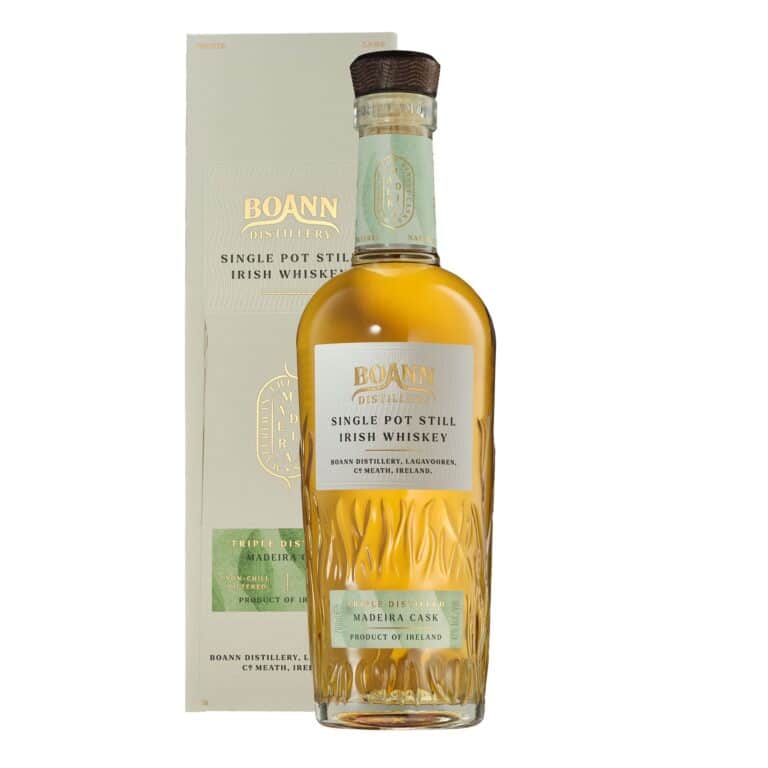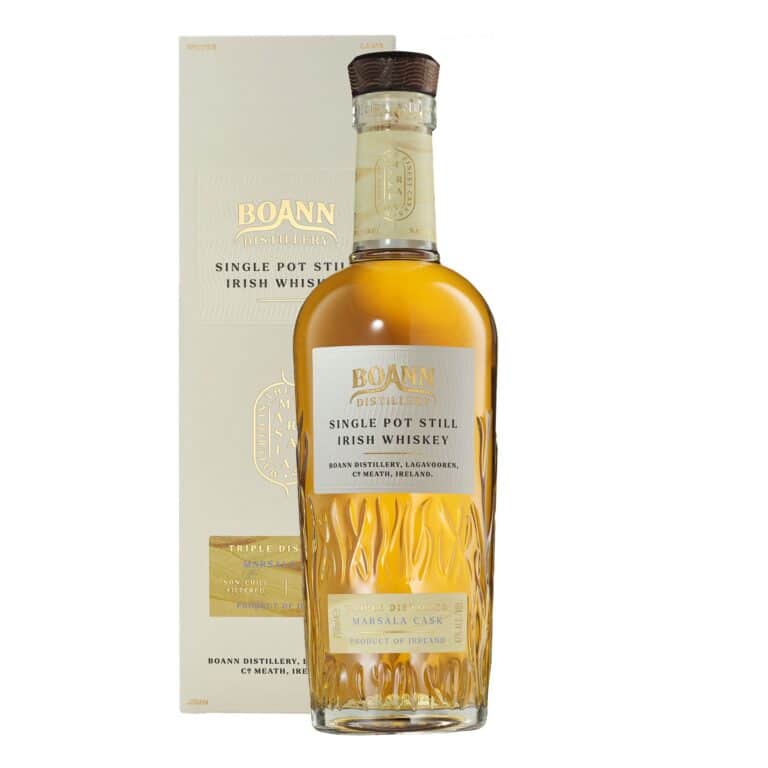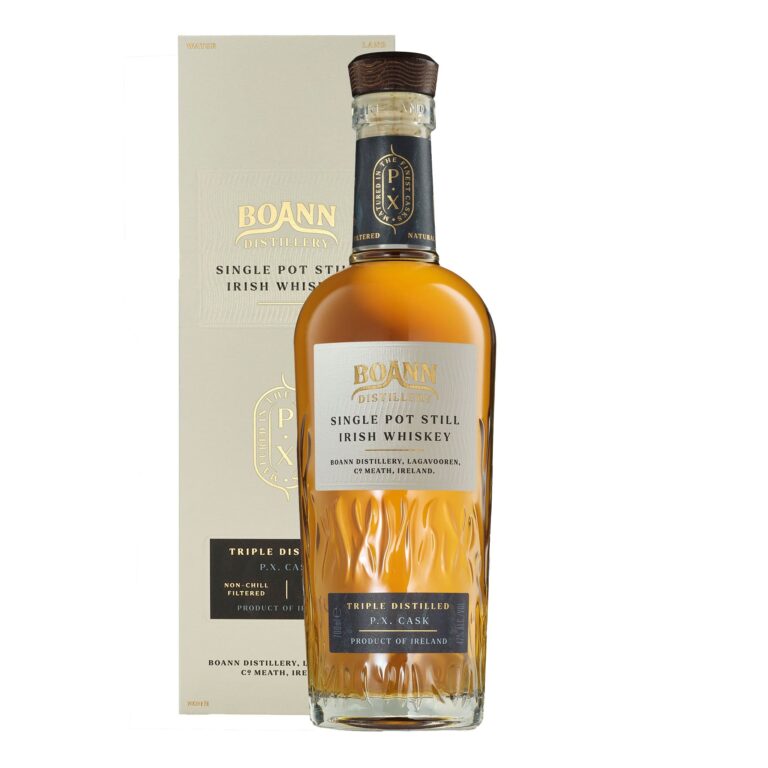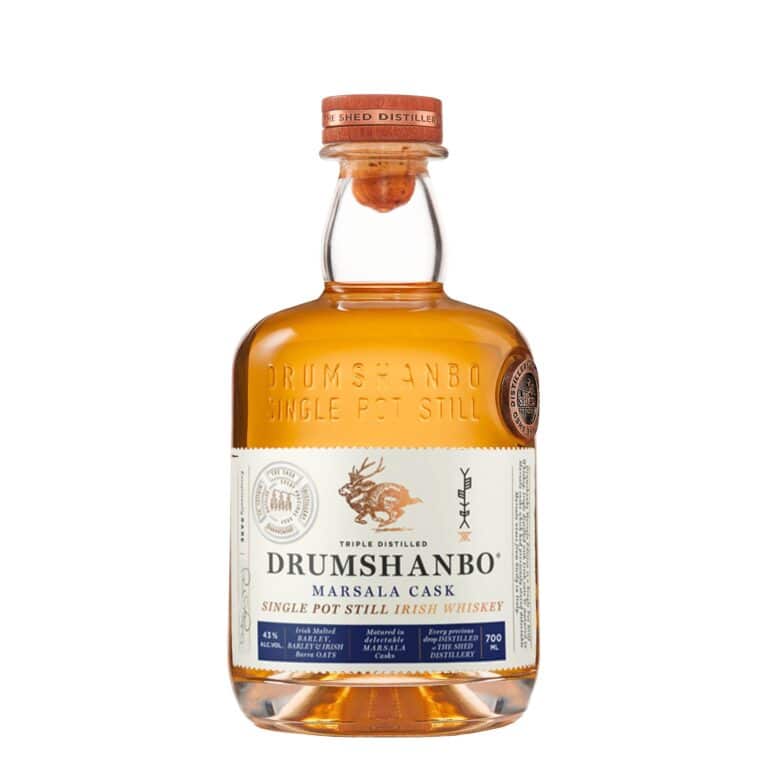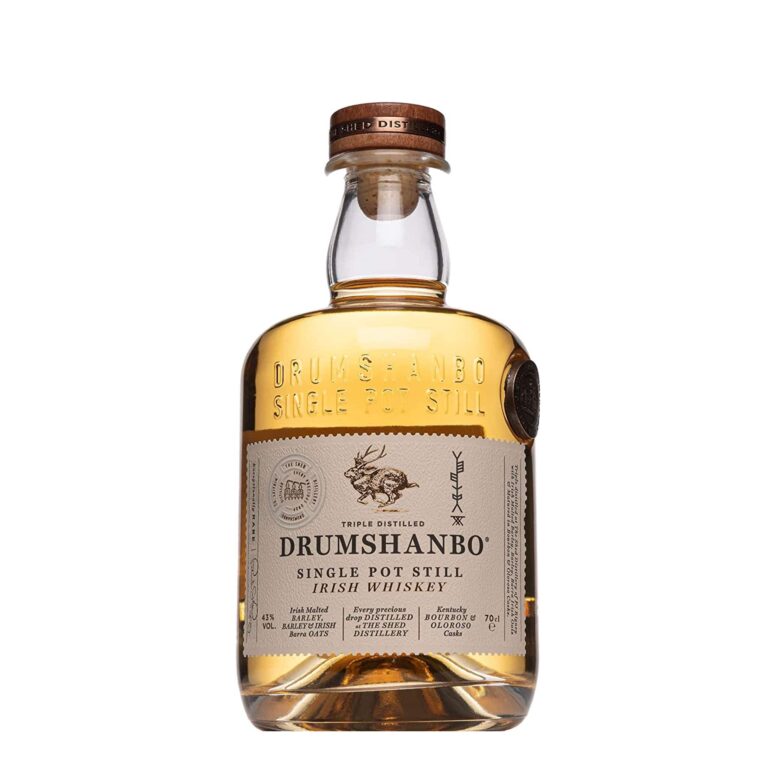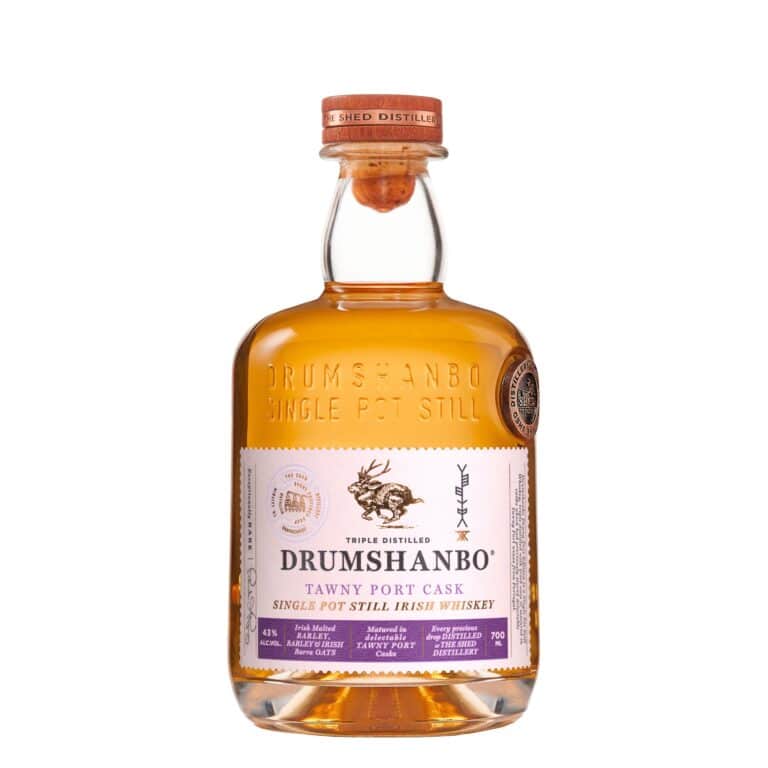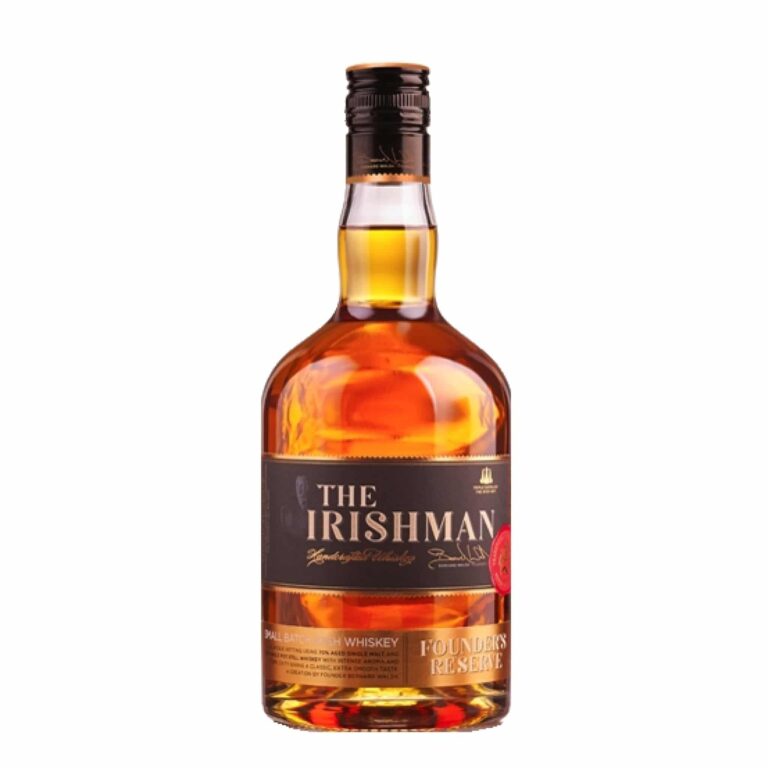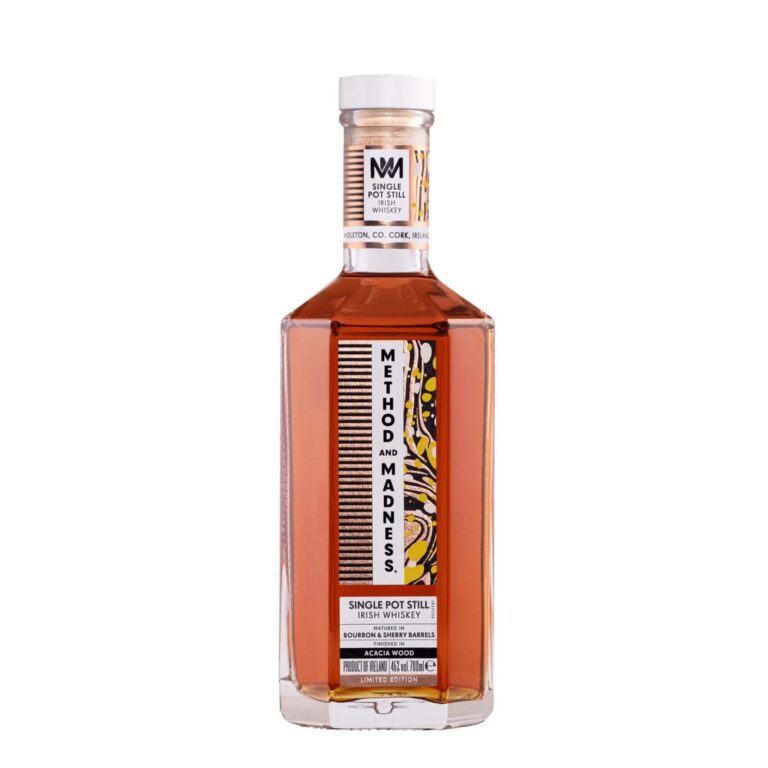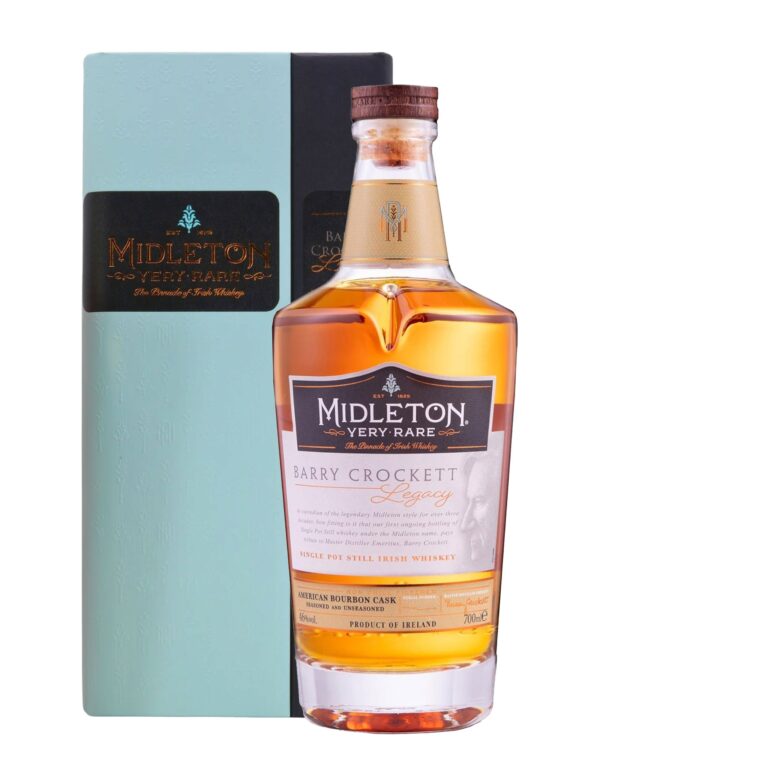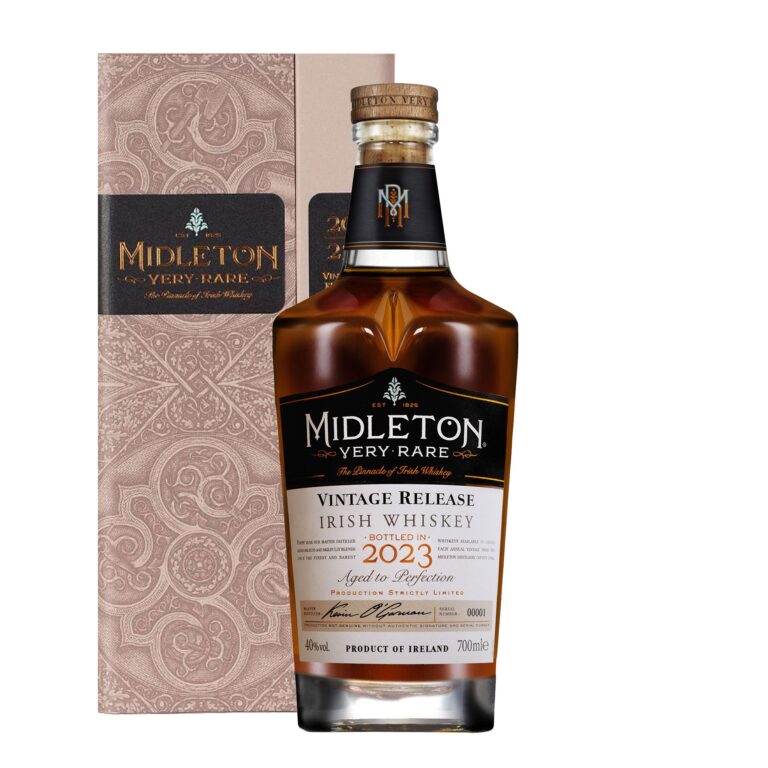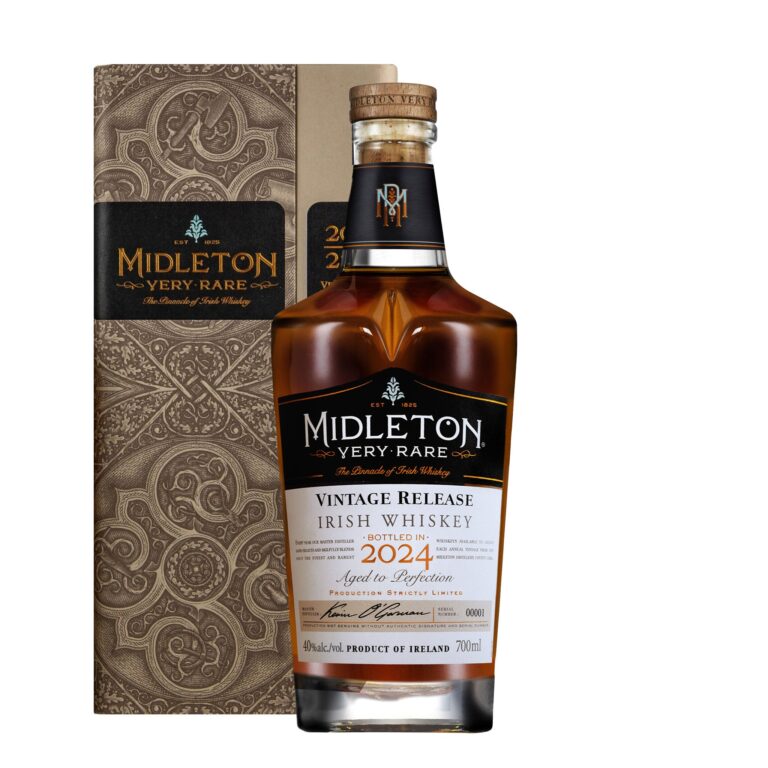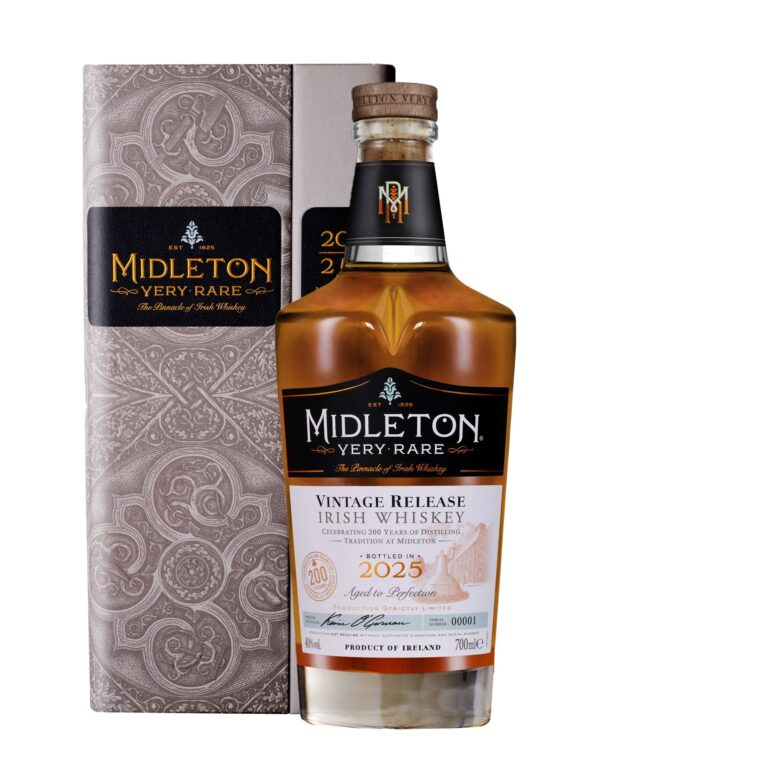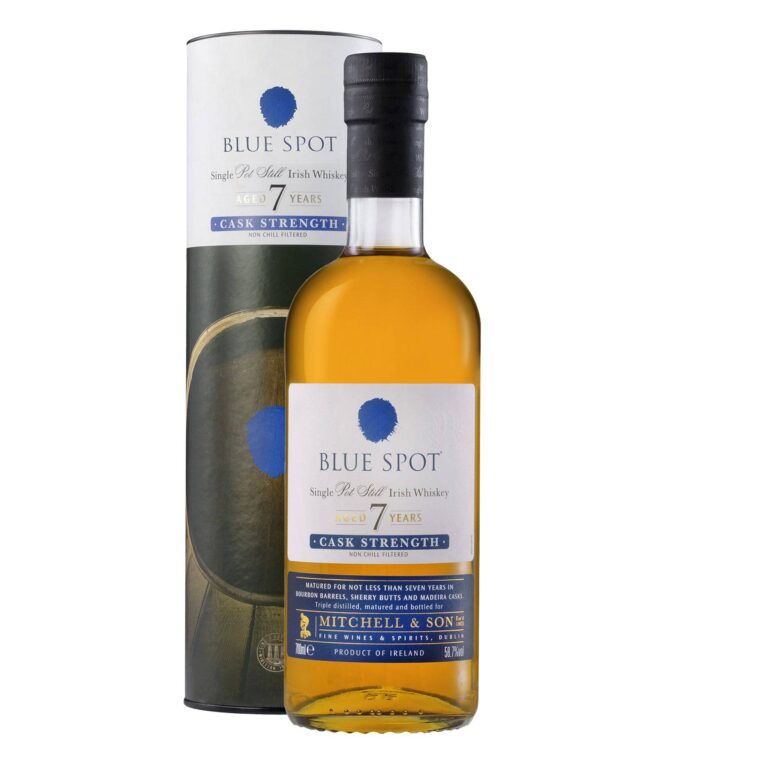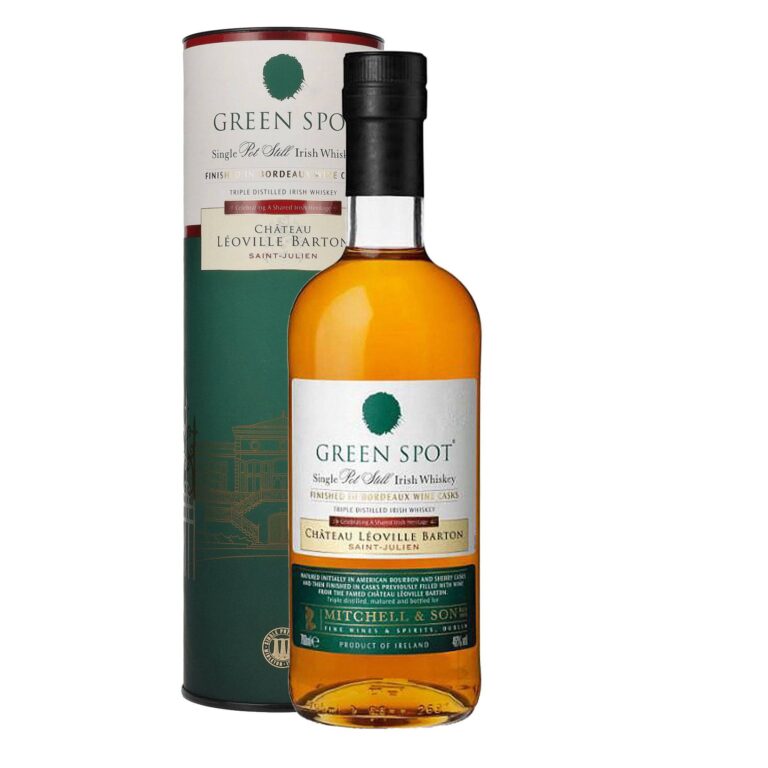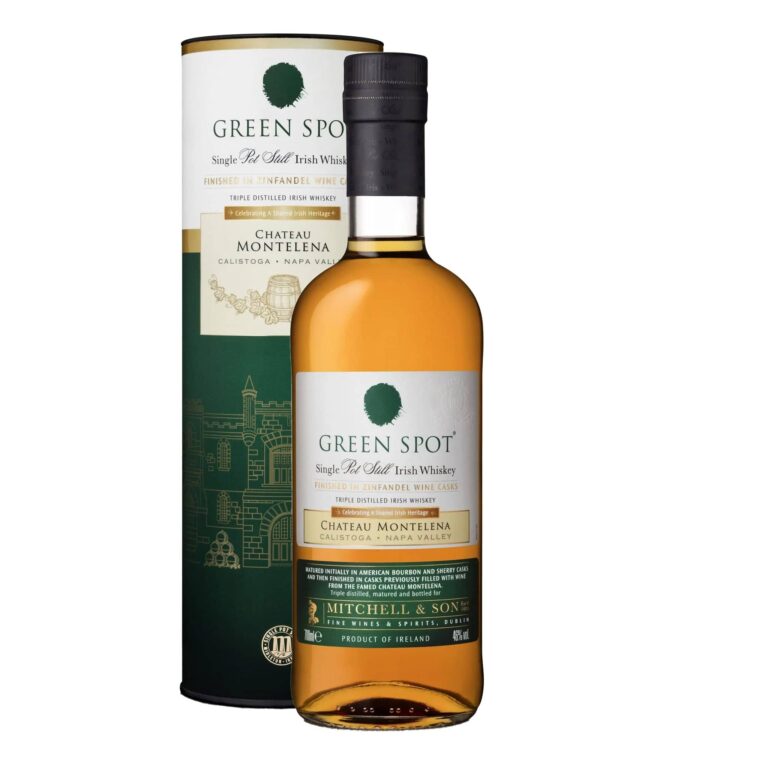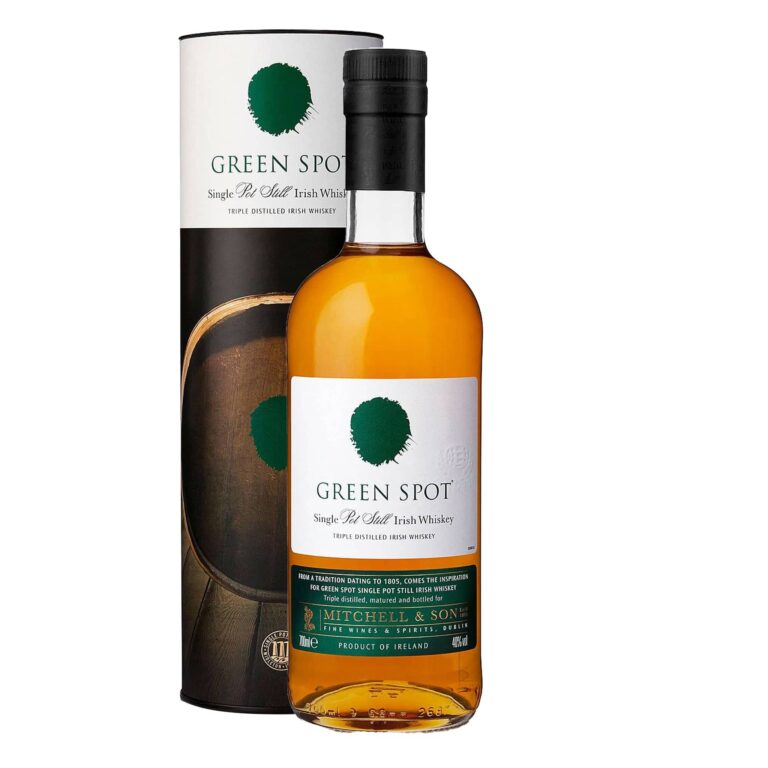Irish Single Pot Still
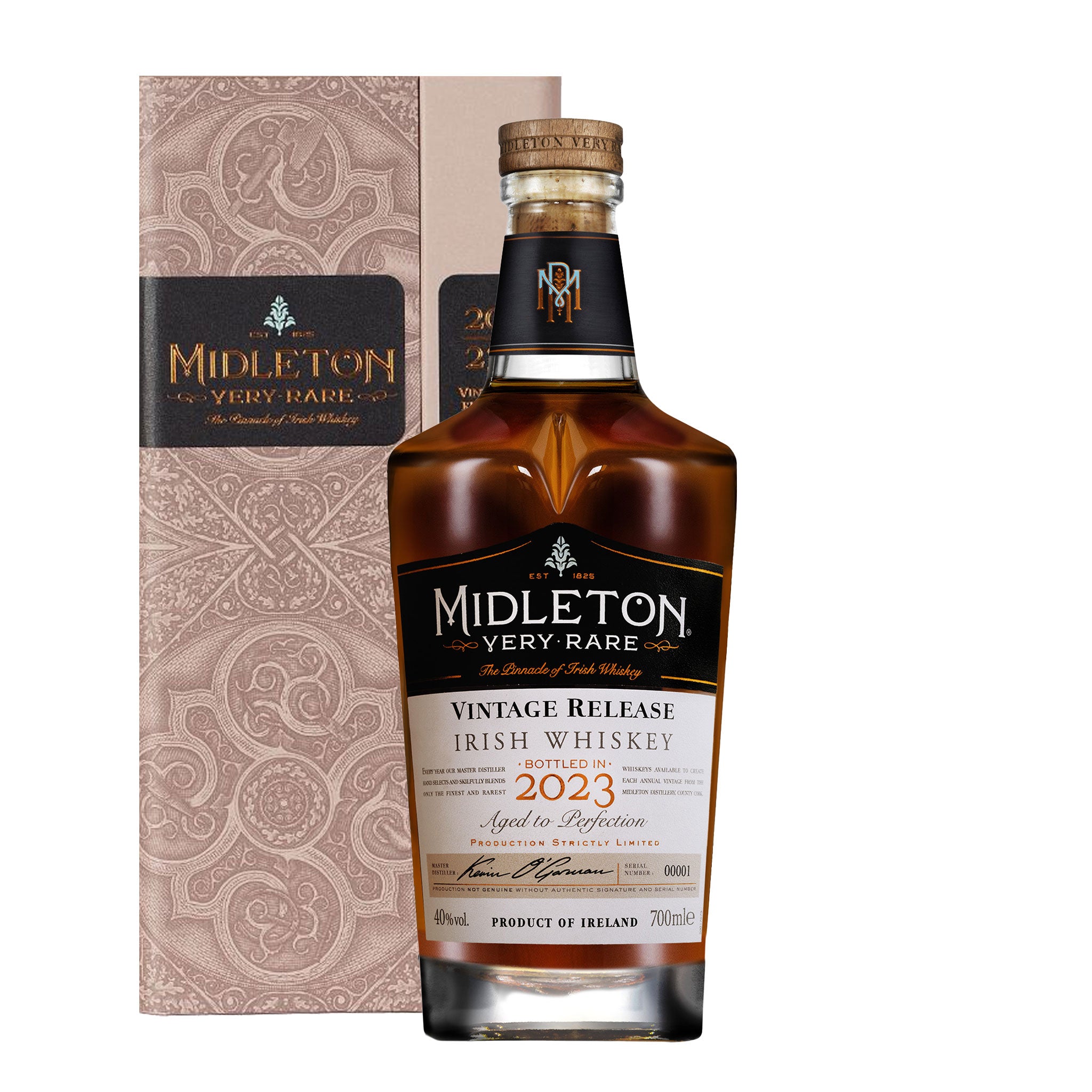
Exactly What Is Irish Single Pot Still Whiskey?
Allow’s clear one thing up today: “Single Pot Still” doesn’t indicate the bourbon is made in a single set or from a single grain. It’s really a distinct design of whiskey manufacturing that sets Ireland in addition from every other whiskey-making nation.
Typically, Single Pot Still whiskey is crafted from a mix of malted and unmalted barley, distilled in a single pot still (therefore the name) at one distillery. The incorporation of unmalted barley– an innovation born centuries ago from Ireland’s historic tax obligation regulations– gives the whiskey its signature velvety texture and spicy depth.
In short, it’s an Irish initial, legitimately specified and secured by the Irish Whiskey Technical File, making certain that no one outside Ireland can make it fairly the same way.
Why It’s So Special.
If you’ve ever compared an Irish scotch to a Scotch or an American bourbon, you’ve possibly seen how smooth and rounded Irish spirits can be. That’s particularly true of the Single Pot Still design.
Right here’s why:.
Triple Distillation: Most Single Pot Still whiskeys are triple-distilled, resulting in a smoother, silkier finish that’s excellent for drinking neat or with a drop of water.
Malted & Unmalted Barley Blend: The use of unmalted barley gives this bourbon a luscious mouthfeel and a distinct spicy “kick” that’s both rich and refined.
Copper Pot Stills: Traditional copper pot stills are at the heart of manufacturing, passing on depth and all-natural oils that are included in the body and flavor.
Irish Climate & Maturation: Aging in Ireland’s light, moist environment creates mild, balanced whiskies with split sweetness, spice, and fruit notes.
The outcome? A spirit that’s both robust and elegant– natural and peppery, yet with a soft, honeyed warmth that makes it clearly Irish.
A Taste of Tradition:
To actually value what’s in your glass, it helps to recognize where it all began.
Single Pot Still bourbon traces its origins back to 18th-century Ireland, when the federal government tried malted barley. In action, distillers started adding unmalted barley to their mash costs. The outcome was a richer, oilier scotch– so great, as a matter of fact, that what started as a tax obligation evade ended up being a defining function of Irish Scotch itself.
Through the 19th century, Irish Scotch was the world’s most prominent spirit, exported everywhere from London to New York. However, by the mid-20th century, the sector nearly vanished as a result of battles, trade limitations, and changing preferences. Just a handful of distilleries endured– and even fewer maintained the Single Pot Still tradition.
The good news is that the last 20 years have seen a remarkable rebirth. New Irish distilleries are uncovering this style, while old names like Midleton, Redbreast, and Powers have actually become icons once again. Today, Single Pot Still whiskey is experiencing an international renaissance, cherished by enthusiasts and laid-back drinkers alike.
How It Tastes: Understanding the Flavour Profile.
If you’re brand-new to Irish bourbon, imagine something that stabilizes velvety sweetness, mild spice, and fruity illumination– that’s the signature profile of Single Pot Still.
While each brand name and expression differs, below’s what you can normally expect:.
Nose: Green apple, honey, toasted oak, vanilla, and a hint of spice.
Palate: Creamy mouthfeel with flavours of orchard fruits, cooking spice, and wonderful grains.
Finish: Long and warming up, usually with notes of pepper, nuts, or dried fruit.
It’s functional enough to be delighted in neat, on ice, or as the star of a classic mixed drink like an Irish Whiskey Sour or Old Fashioned. Yet truthfully, most fanatics will inform you that the most effective way to experience it is straight– perhaps with a little dash of water to open its aromas.
Finding the Right Whiskey for Your Taste.
Irish Scotch, especially Single Pot Still, has a broad spectrum of flavour profiles. To help narrow it down, think about what flavours you normally incline towards.
If You Like Something Light and Fruity.
Beginning with something like Green Spot or Powers Gold Label. These often tend to be fresh, friendly, and not as hefty on the spice. They’re best for those who prefer a smoother, easy-going dram that’s excellent both neat and with a little ice.
If You Prefer Rich, Sherried Notes.
Attempt Redbreast 12 Year Old or Yellow Spot. These are matured in sherry casks, providing a touch of sweetness and a silky, dessert-like quality– assume honey, sultanas, and toasted nuts. These are amazing after-dinner drams.
If You Love Bold, Complex Whiskeys.
For something that takes on contemplation, go with Powers John’s Lane 12 Year Old or Redbreast 15 Year Old. They use a lot more spice, oak, and depth– wonderful if you’re currently right into Scotch or bourbon and desire something Irish with genuine complexity.
If You’re Treating Yourself.
Luxury containers like Midleton Barry Crockett Legacy or Redbreast 21 Year Old represent the peak of the style. They’re beautifully layered, diligently crafted, and deserving of a special event– or a peaceful night of representation.
Exactly How to Enjoy Irish Single Pot Still Whiskey.
You do not need to be a professional to take pleasure in whiskey correctly, yet there are a few small things you can do to get the best experience from every sip.
1. Serve It Right.
Area temperature is optimal. As well cold and the flavours close; as well warm and the alcohol controls. If you’re new to bourbon, a small dash of cool water can help open up the aroma and soften the edges.
2. Select the Right Glass.
A tulip-shaped glass or a Glencairn bourbon glass assists in focusing the fragrances. Stay clear of vast stemless glass if you’re tasting– those are much better for cocktails or casual sipping.
3. Take Your Time.
Swirl, sniff, and sip gradually. Let the bourbon coat your tongue before ingesting. You’ll begin to pick up subtle notes– honey, pepper, vanilla, fruit– that reveal themselves one at a time.
4. Try It in a Cocktail (Yes, Really).
While purists love drinking it neat, Irish Single Pot Still bourbon also shines in traditional cocktails. Its luscious appearance and spice make it excellent for an Irish Coffee, a Whiskey Sour, or a Manhattan. For summer, try it with soda water and a wedge of orange– it’s light, revitalizing, and definitely Irish.
Getting Irish Single Pot Still Whiskey in the UK.
Now that your mouth is probably watering, allow me to discuss how and where to buy it. The UK has actually become one of the most effective markets outside Ireland for top-notch Irish whiskey, with easy online accessibility to both mainstream and rare containers.
1. Where to Shop.
You can locate fantastic selections at reputable retailers such as The Whisky Exchange, Master of Malt, The Celtic Whiskey Shop (UK shipment), and even choose grocery stores like Waitrose and Sainsbury’s for entry-level bottles. Many independent whisky sellers likewise supply special or limited-edition launches.
When buying online, look for:.
Confirmed seller condition.
Clear container pictures and product summaries.
Shipment and packaging guarantees (specifically in cozy or cold weather).
2. Check for Authenticity.
With Irish whiskey’s rising popularity, it’s smart to ensure what you’re purchasing is the genuine deal. Genuine bottles will certainly include:.
A tax stamp or duty seal (for imports into the UK).
Clear labeling of the distillery, ABV, and native land.
A comprehensive description of the bourbon style (it ought to explicitly say Single Pot Still).
Avoid sellers that detail containers with obscure information or supply photos just– trustworthy retailers are always clear.
3. Cost Ranges to Expect.
Entry Level (under ₤ 50): Green Spot, Powers Gold Label, Redbreast 12.
Mid-Range (₤ 50– ₤ 100): Powers John’s Lane, Yellow Spot, Redbreast 15.
Premium (₤ 100+): Midleton Barry Crockett, Redbreast 21, minimal editions.
The appeal of this category is that even the inexpensive containers supply incredible craftsmanship and flavour– there’s actual worth at every rate.
Structure Your Irish Whiskey Collection.
If you’re considering beginning a whiskey collection– whether to take pleasure in or to present– it’s easy to get overwhelmed. The technique is to begin with a clear goal: Do you wish to gather for tasting, for investment, or both?
1. Collecting to Enjoy.
If your objective is to drink what you purchase (which is the majority of us!), concentrate on variety instead of rarity. Attempt various distilleries, cask kinds, and age statements to understand what you such as best.
A basic starter lineup could include:.
Green Spot– light and fruity.
Redbreast 12– rich and balanced.
Powers John’s Lane– bold and spicy.
Yellow Spot 12– stylish and sherried.
With each other, these containers display the variety of flavours you can find within the Single Pot Still style.
2. Accumulating for Investment.
If you’re checking out whiskey as an investment, the Irish market has revealed constant growth in recent years. Restricted editions from Midleton’s Very Rare array, single-cask bottlings, and terminated Redbreast releases are commonly value in worth.
That said, collect for love first, profit secondly. The market can vary, and a scotch delighted in is never thrown away.
3. Maintaining a Log.
Numerous collectors maintain a tasting journal or spreadsheet. Take down each bourbon’s name, year, cask kind, and your tasting perceptions. With time, you’ll see your palate develop and create preferences you never anticipated.
Frequently Asked Questions.
1. What makes Irish Single Pot Still scotch different from Single Malt?
Single Malt is made from 100% malted barley, while Single Pot Still consists of both malted and unmalted barley. The unmalted barley adds a creamier texture and a spicier, a lot more durable flavour.
2. Is Single Pot Still bourbon always triple-distilled?
Most of the time, yes– yet not constantly. Triple purification is a hallmark of Irish Scotch for the level of smoothness, though some modern distilleries are trying out double distillation for more character.
3. Can I blend Irish Single Pot Still scotch in cocktails?
Absolutely. While many choose it neat, this style’s creamy appearance and subtle spice make it a superb base for timeless cocktails like an Irish Coffee or Old Fashioned.
4. How long does an open bottle last?
If secured firmly and saved upright, most scotches maintain their top quality for approximately 12- 18 months after opening. You may notice mild flavour adjustments over time, but absolutely nothing undesirable.
5. Is it worth paying a lot more for aged expressions?
Age can add depth and intricacy; however, it’s not whatever. A well-crafted 12-year-old can be just as pleasing as an older, costlier bottle. Concentrate on flavour choices first– then explore older whiskies once you’ve discovered your style.

